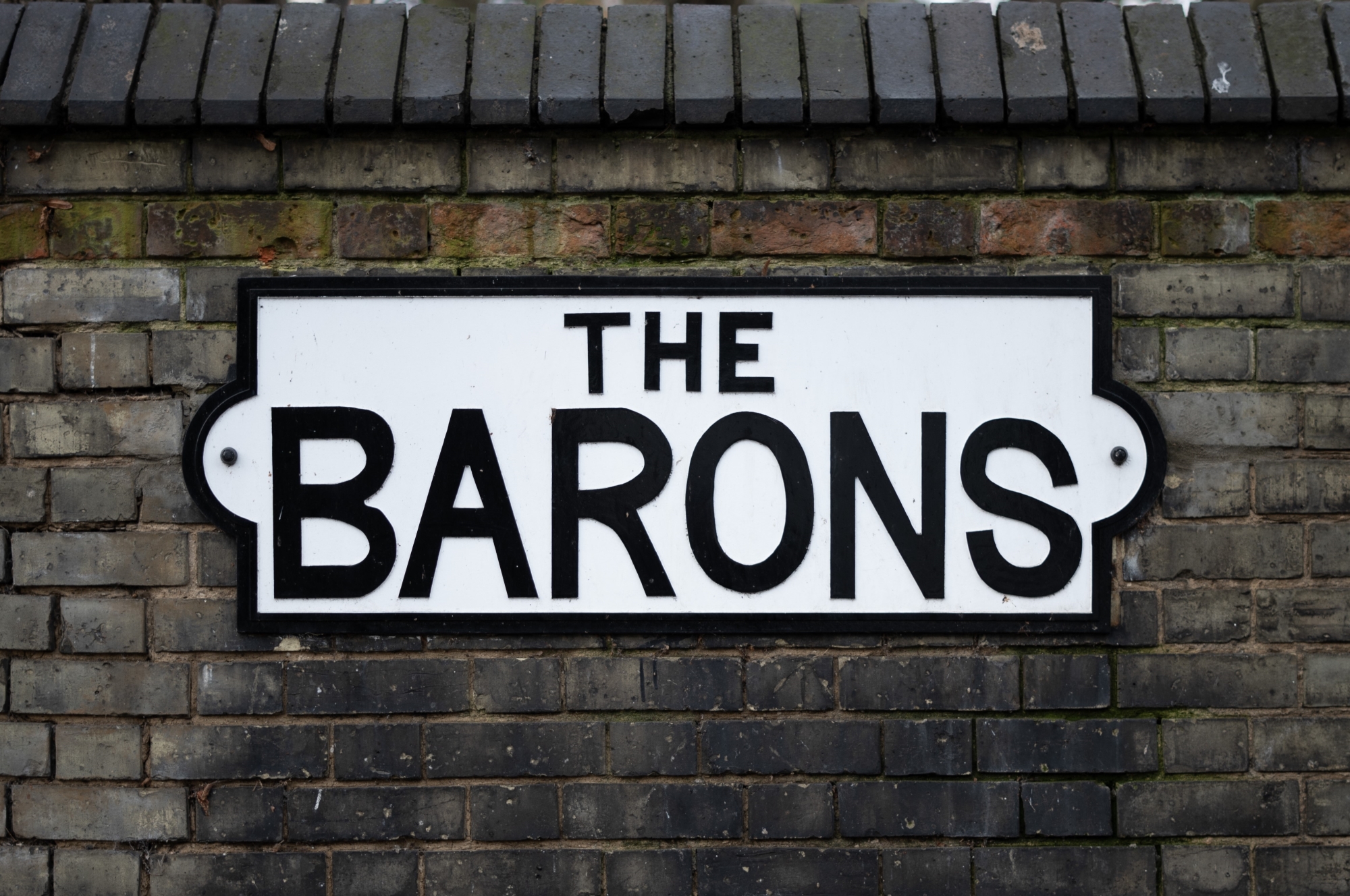The Barons

This bold road sign proudly marks a road in St. Margarets known simply as The Barons. The sign has every right to be proud as the area played a key part in the long quest for democracy and addressing the power of the King.
The name Barons is taken from the lowest rank in the Peerage of the Kingdom, comprising of the nobility who rank below duke, marquess, earl and viscounts in that order. The word lends its origins to the medieval Latin word for man or warrior.
In June 1263 the Barons and their men encamped in the fields of the Manor of Isleworth, in what we now know as St. Margarets, as part of a minor civil war to address a power struggle between King Henry III and the aristocracy who held the key to the monarch’s power.
King Henry III’s reign was marred by a series of failed military campaigns, famine, misrule and rebellions. Attempts to impose an advisory council comprising of Barons on the King, known as the Provisions of Oxford and Westminster were overturned by Henry in 1263. In protest, the Barons led by Simon de Montfort, 6th Earl of Leicester sought to balance the power of the monarch with a government by camping near the King who was with his brother in Isleworth.
No peaceful solution was found, resulting in the sacking of the Manor of Isleworth and the Battle of Lewes the following year where the King was captured by the Barons. The King was not deposed, rather Simon de Montfort took charge for fifteen months establishing a Westminster Parliament comprising two knights from every shire and two burgesses from chosen towns. The beginnings of the later House of Commons.
Simon de Montfort was killed shortly afterwards in 1265 at the Battle of Evesham by forces loyal to the King.
The road sign and old ordnance survey maps give the only indication of this significant moment in English history.